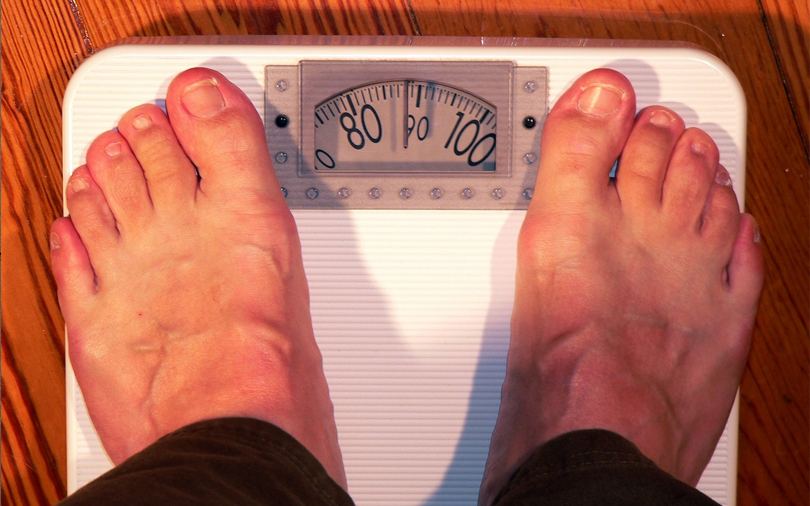
Now, AI can estimate obesity levels just by looking at satellite images


Researchers say that artificial intelligence (AI) can use satellite images to estimate obesity levels in a particular region without even spotting people who are overweight, according to a study published journal JAMA Network Open.
A team led by researchers from University of Washington in Seattle downloaded nearly 150,000 high-resolution Google Maps satellite images of select neighbourhoods in four cities - Los Angeles (California), Memphis (Tennessee), San Antonio (Texas) and Seattle (Washington).
Data on adult obesity prevalence was obtained from the Centers for Disease Control and Prevention's (CDC) "500 Cities" project.

The team then fed the images into a neural network, an algorithm that spots patterns in large amounts of data.
These images then entered into a convolutional deep learning neural network that extracted features of the built environment - the distribution of buildings and green area.
The team subsequently used another program to find connections between these visual features and obesity rates.

“The extraction of built environment showed that physical characteristics of a neighbourhood [presence of parks, highways, green streets, crosswalks, diverse housing type] can be associated with variations in obesity prevalence across different neighbourhoods," the researchers wrote.
The study also pointed out that neural networks can be used to automate the extraction of features of the built environment from satellite images for studying health indicators.
According to the researchers, understanding the connection between specific features of the built environment and obesity prevalence can lead to structural changes that could encourage physical activity and decrease obesity.

Behavioural traits that encourage unhealthy food choices and a sedentary lifestyle have been associated with features in the social and built environment.
According to the research, assessing an area's obesity rates may help city planners develop more green areas in order to help people remain physically active.
